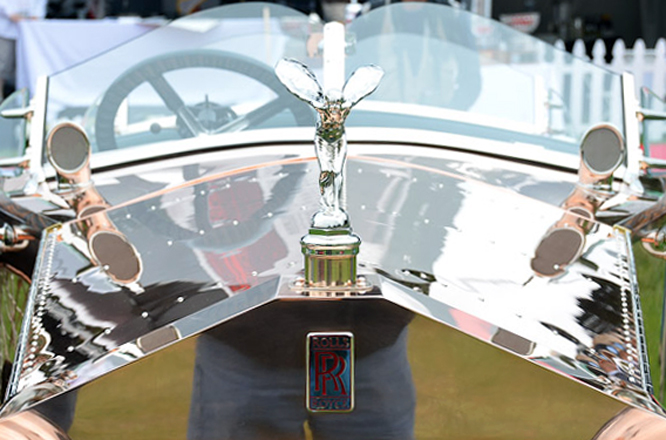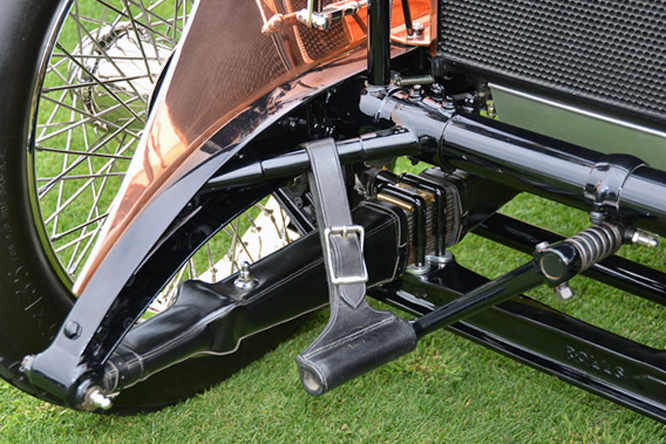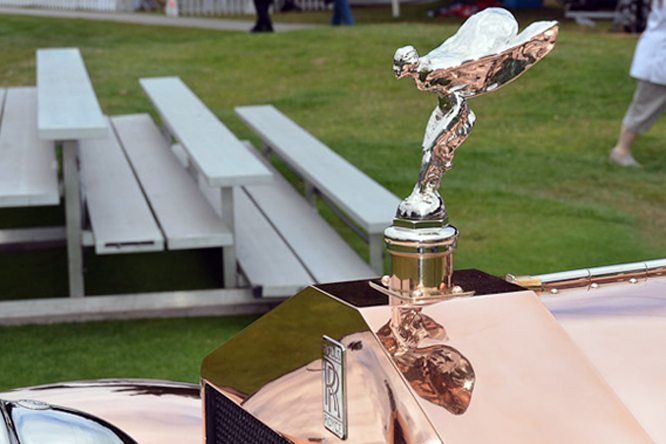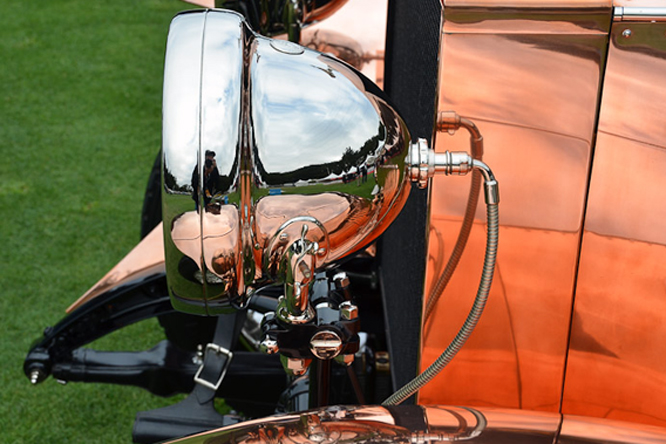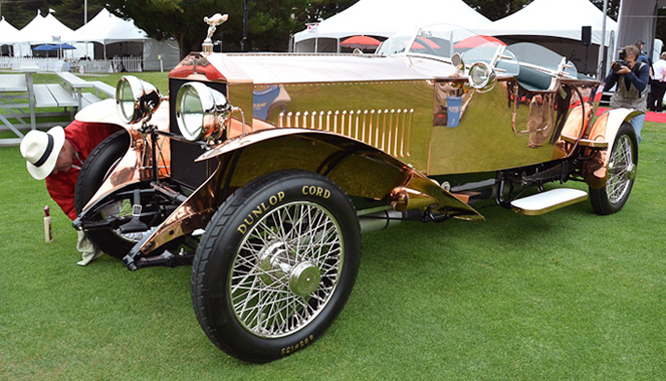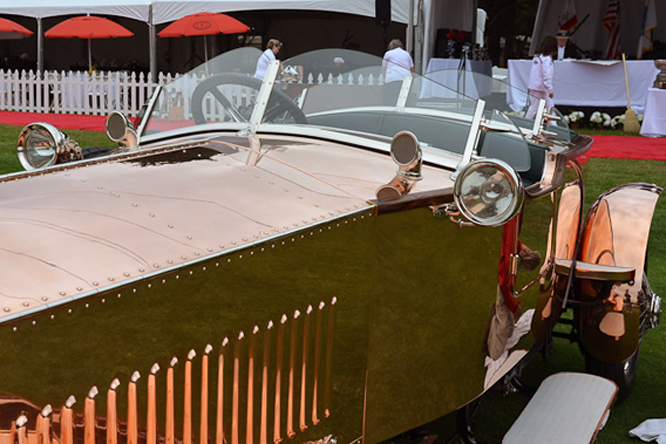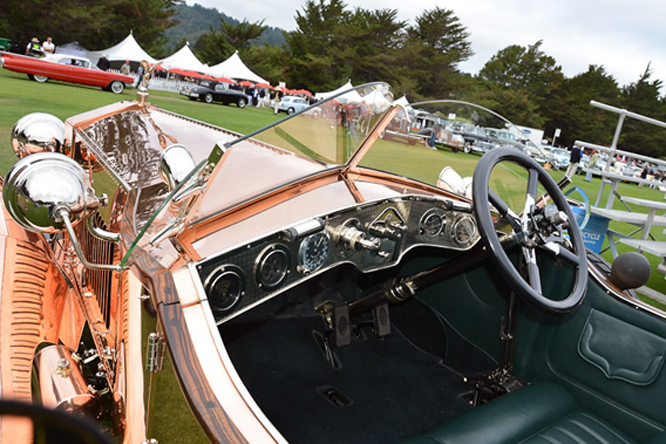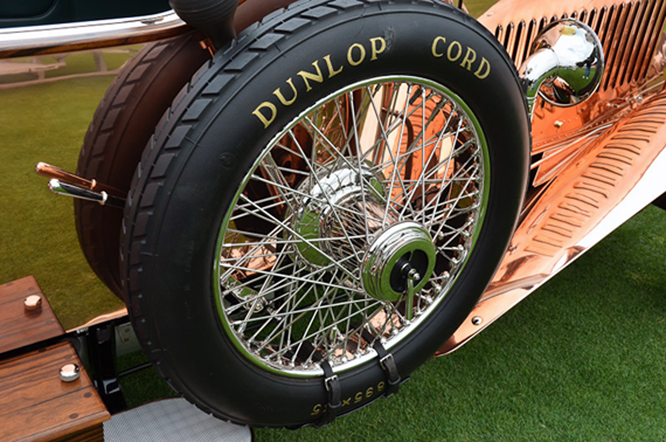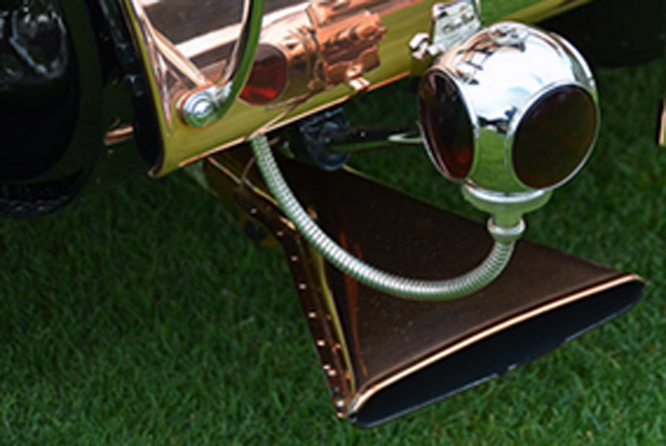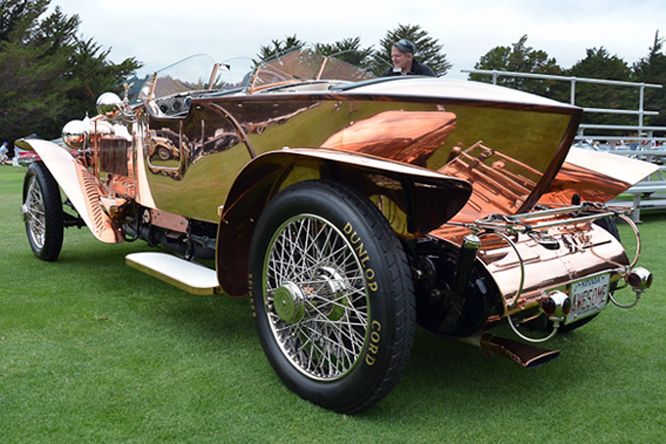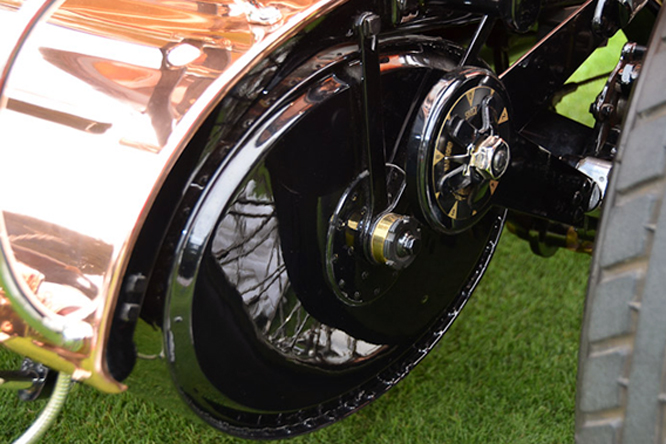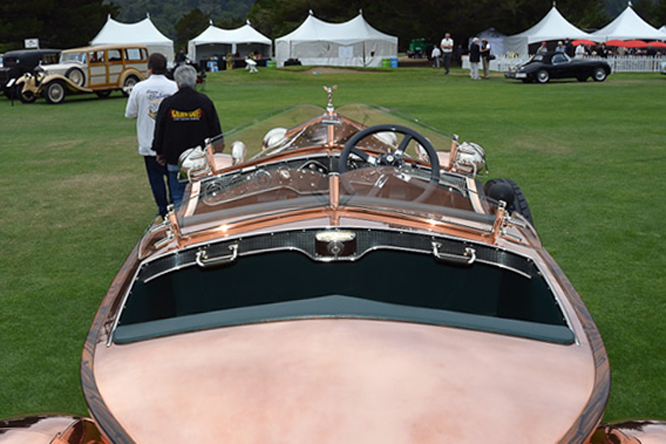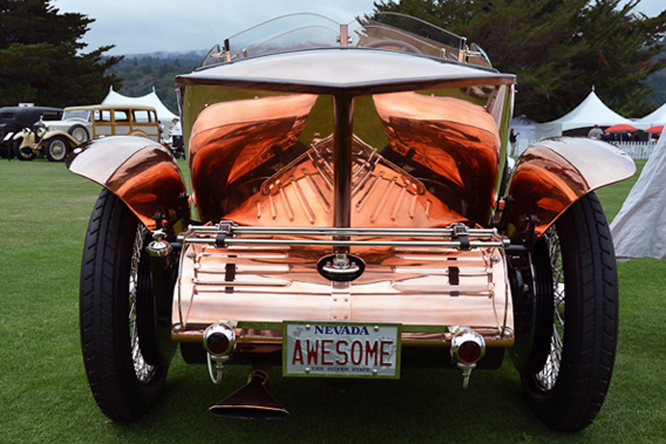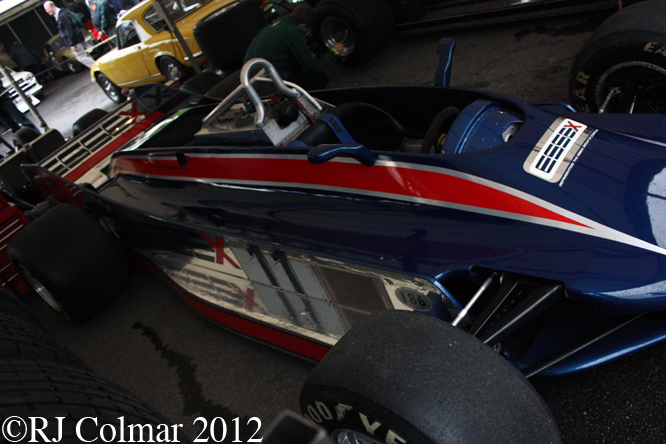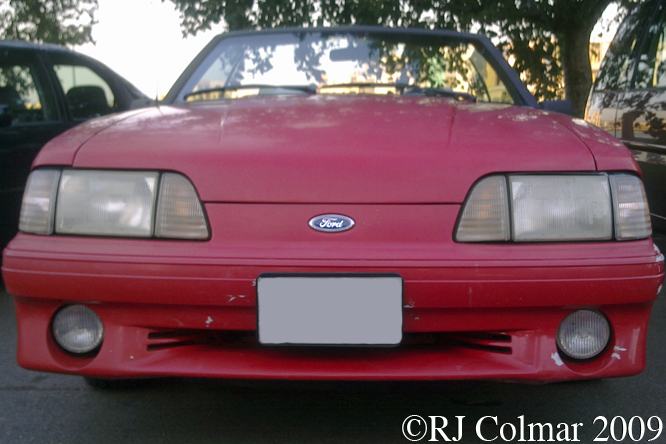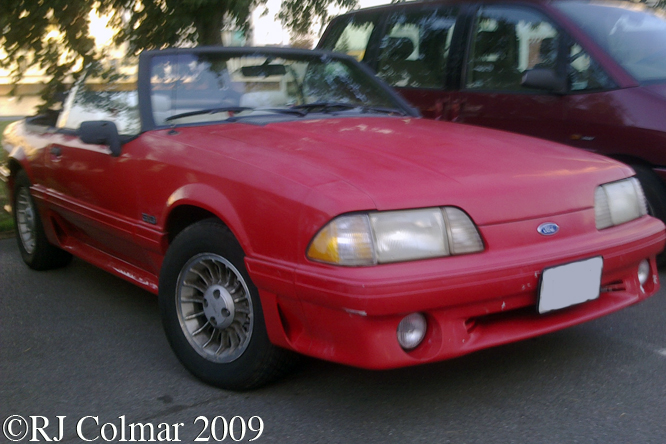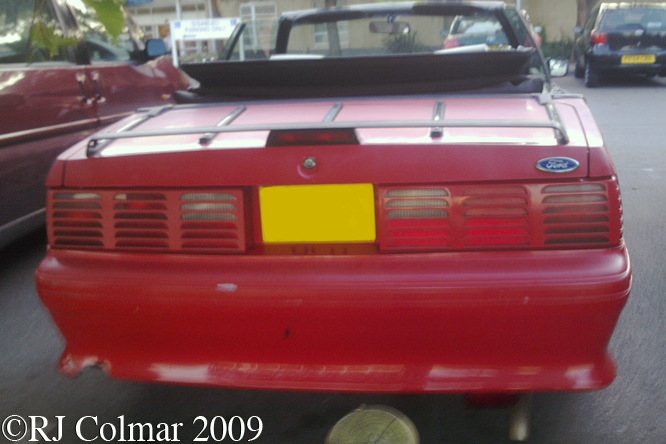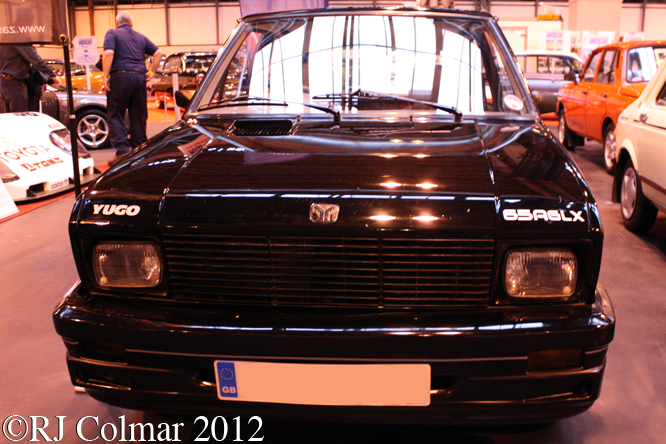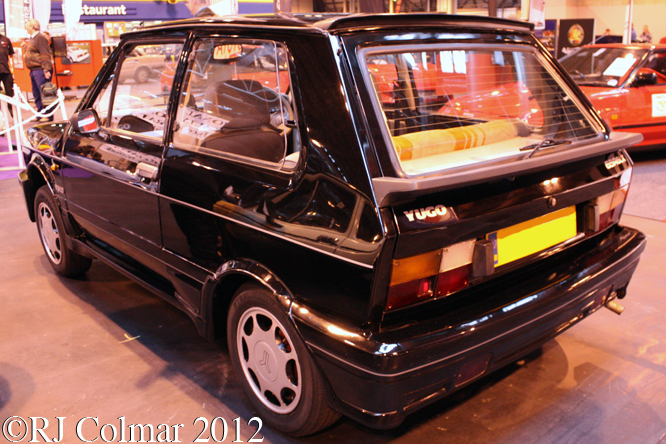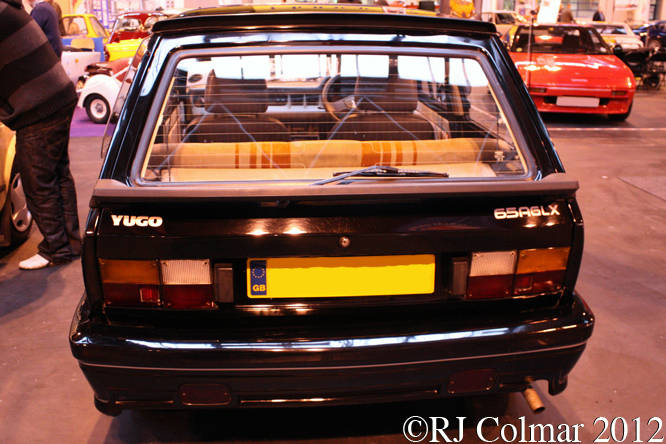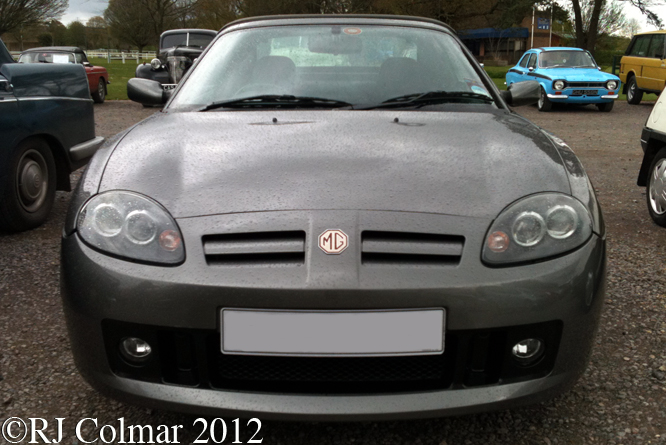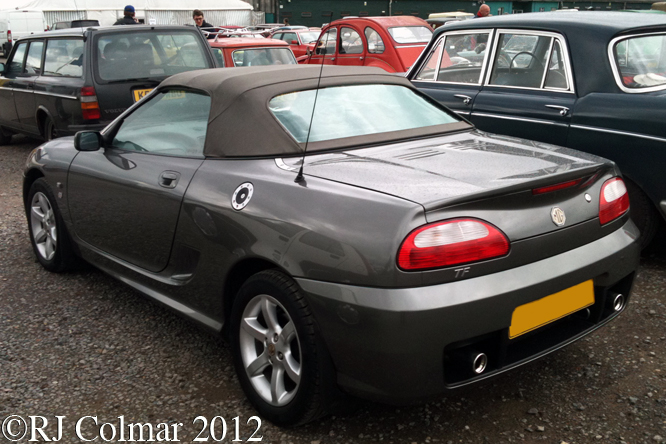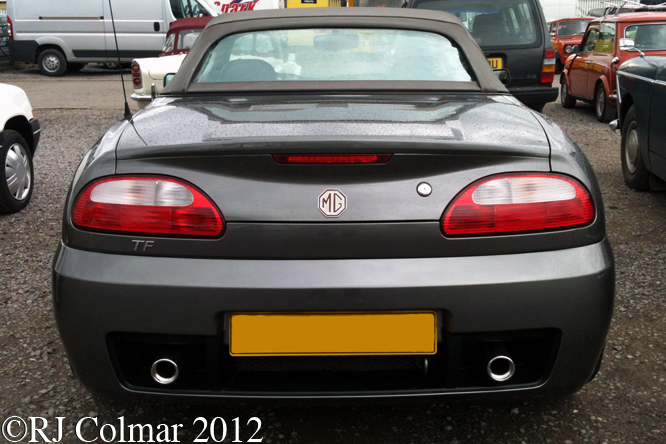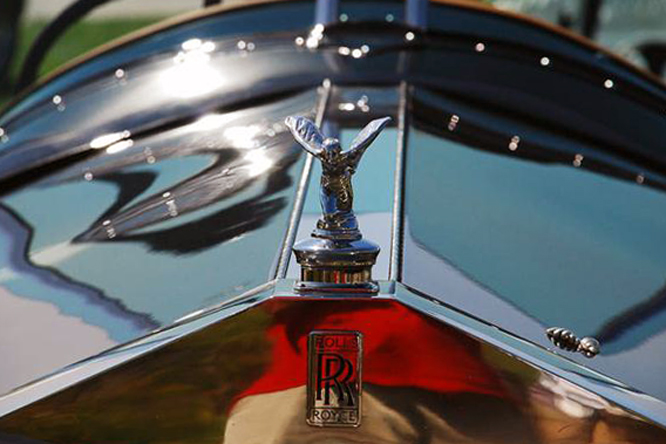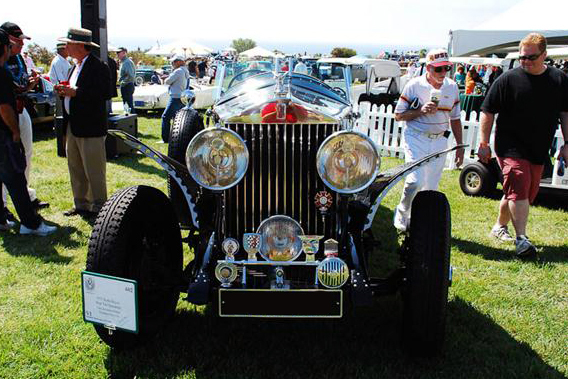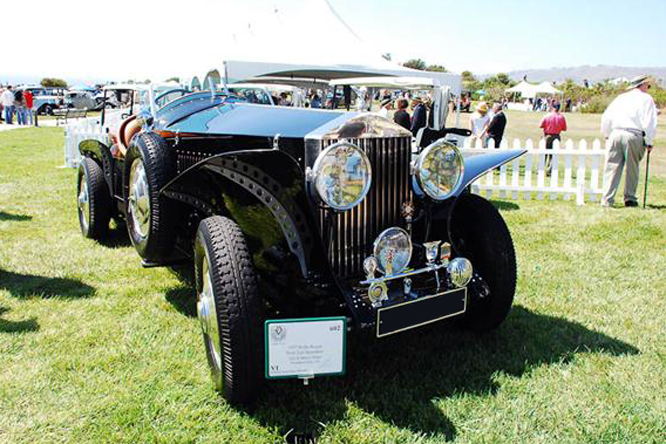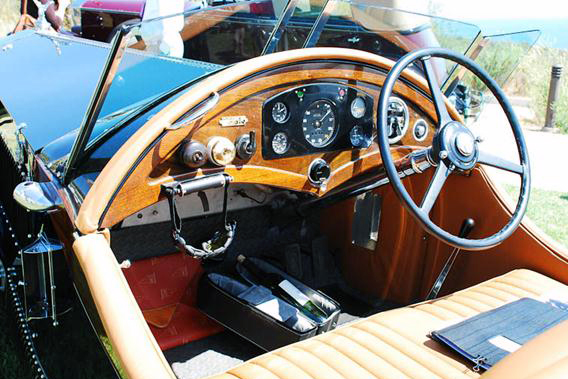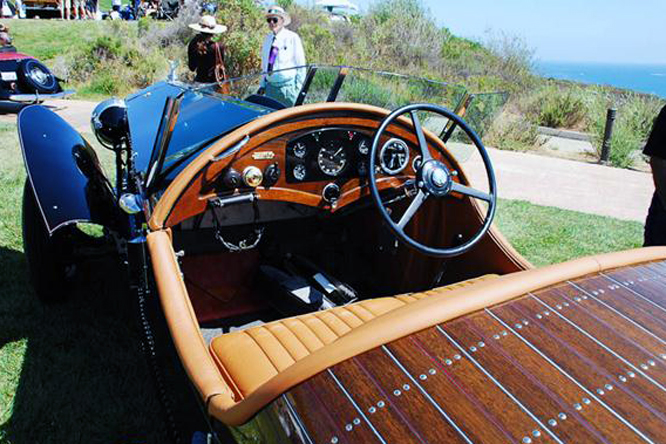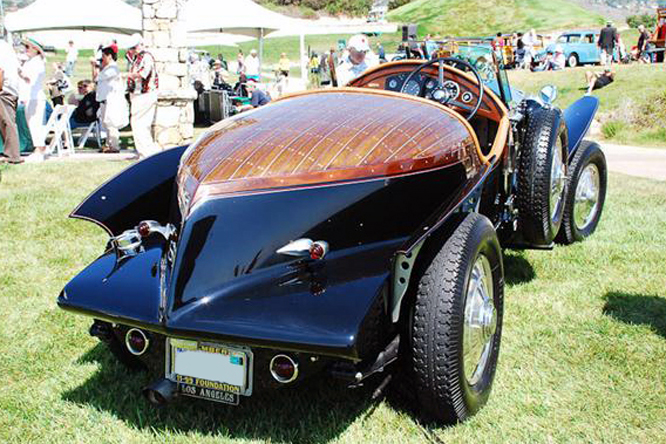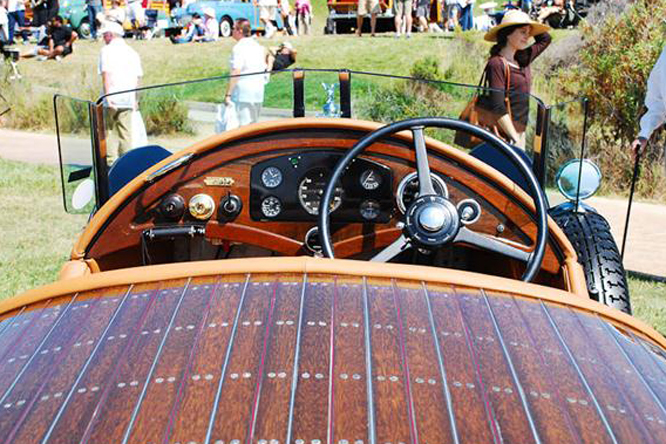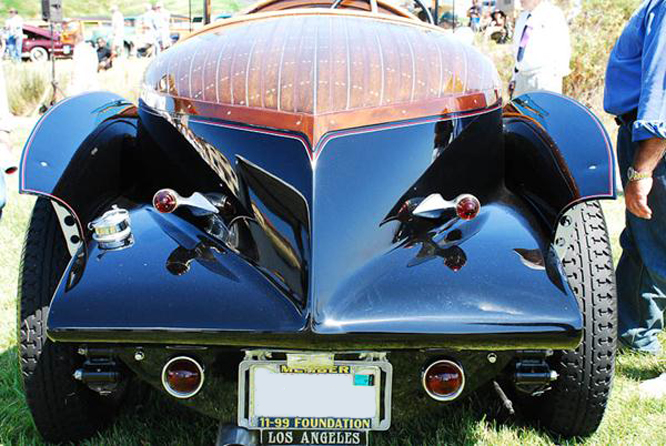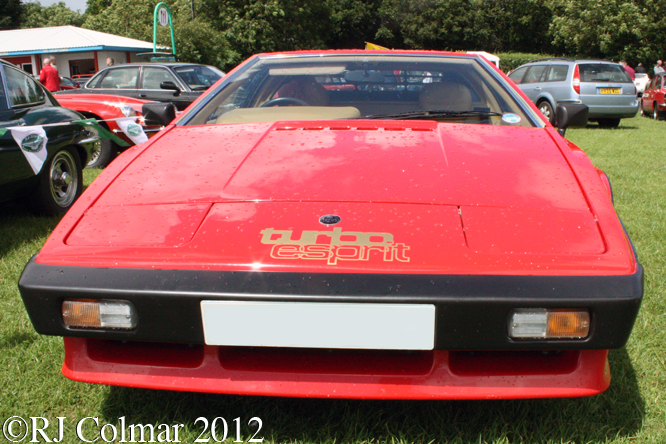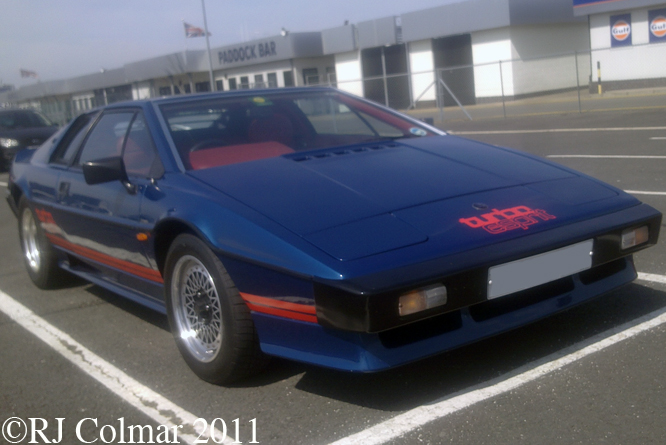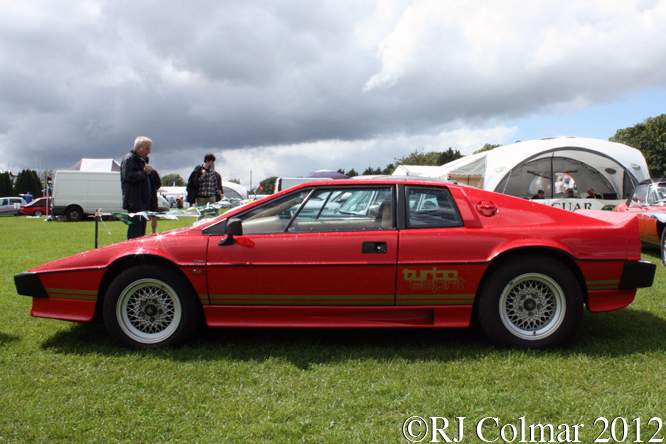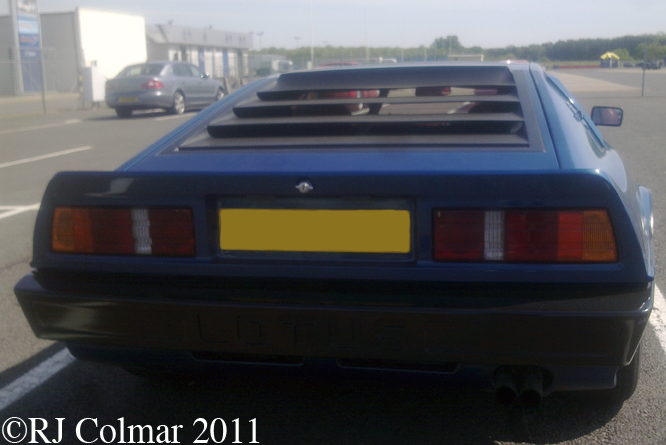The Rolls Royce 40/50 launched in 1906, dubbed by Autocar the following year as “The best car in the world”, was only ever supplied as a chassis on to which a body would be individually crafted by an independent coach builders.
It is not known if, upon completion in Derby of today’s, today’s featured 1921 example was sent to a recommended Coachbuilder or straight to Dick Brockman and Company’s coach building works in Reading west of London.
The hand starter was merely a precaution on this chassis as electric lighting and starting was fitted to all 40/50’s from 1919 on.
The Spirit of Ecstacy also known as “Ellie in her Nightie”, was originally sculpted by Charles Sykes and made of chrome alloy was not adopted as an option until 1911, by all accounts Henry Royce was not a fan of the mascot and only agreed to it being offered as an option to dissuade his customers from using less suitable ornamentation.
Up until 1915 shiny brass, and nickle fittings were quite common but after the Great 1914/18 War these items tended to be painted.
Using .065″ copper sheet Dick Brockman and Company appear to have manufactured the body of this vehicle without resorting to either welding or riveting which would have been common practice.
This car, photographed by Geoffrey Horton at Hillsborough Concours d’Elegance earlier this year, is powered by an 80 hp 7428 cc / 453 cui six cylinder motor connected to a 4 speed manual gearbox.
Restoration of the car included replacing the dash board, front and rear screens along with the rear cockpit.
Once the restoration was completed the car won the 1991 Concours d’Elegance at Pebble Beach.
Many of the fitting were supplied by the Restoration Supply Company, Reno who carried out the restoration.
Despite it’s age this vehicle apparently has no problem keeping up with today’s traffic at ‘modern speeds’ with the smooth and silent performance that established the reputation of Rolls Royce as the manufacturers of the finest cars in the world from the beginning.
Friction dampers such as the one seen here were in common usage until the second half of the twentieth century when they were replaced with shock absorbing struts.
Opulent and refined this 40/50 represents the definition of what a hand crafted from nose to tail Rolls Royce should be, this car is regularly to be found in the National Automotive Museum in Reno.
Remarkably this is not the only copper bodied car by Dick Brockman and Company they were also responsible for building the body on a 1930 Rolls Royce Phantom II, Freestone & Wedd also built a copper bodied Rolls Royce on a pre owned 1937 Phantom III, other copper bodied cars include home made hand beaten 1920 Dodge now on view at the Southward Museum in Paraparaumu new Zealand. There are also two copper Cobra bodies one designed by Virgil M Exner in 1965 known as the Mercer Cobra, and the other a Kirkham Replica Cobra. Finally a supercharged rear engined Ford GT was fitted with a retro ’40’s copper hot rod body by Kirkham for the SEMA show in Las Vegas some years ago.
My thanks to Geoffrey Horton for sharing his photo’s of the Copper bodied Rolls Royce Brockman 40/50 copper Ghost.
Thanks for joining me on this “Cu Ghost” edition of “Gettin’ a li’l psycho on tyres” I hope you will join me again tomorrow. Don’t forget to come back now !

